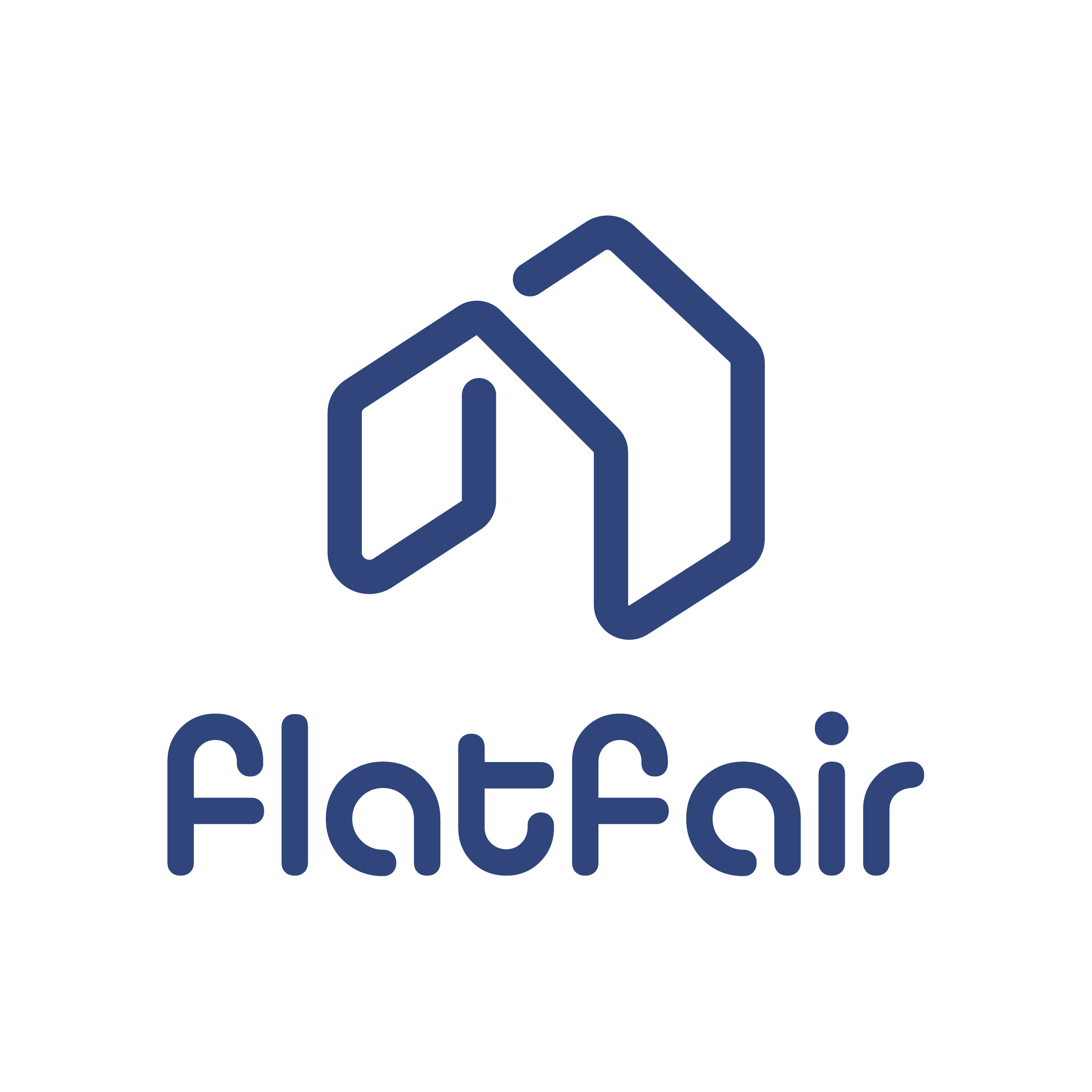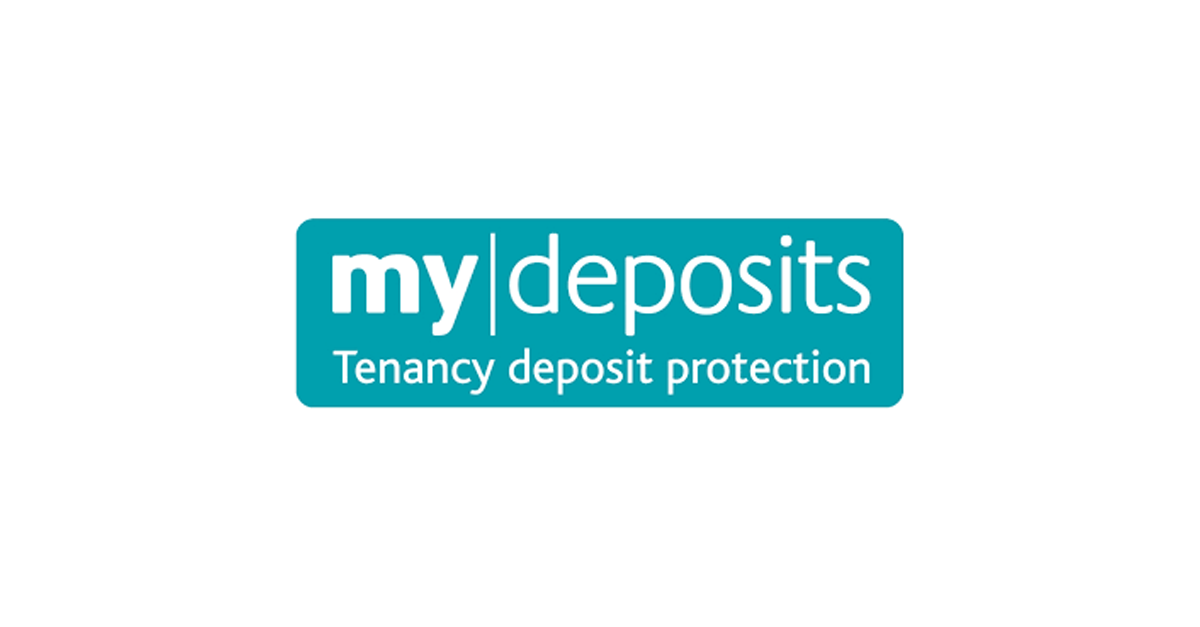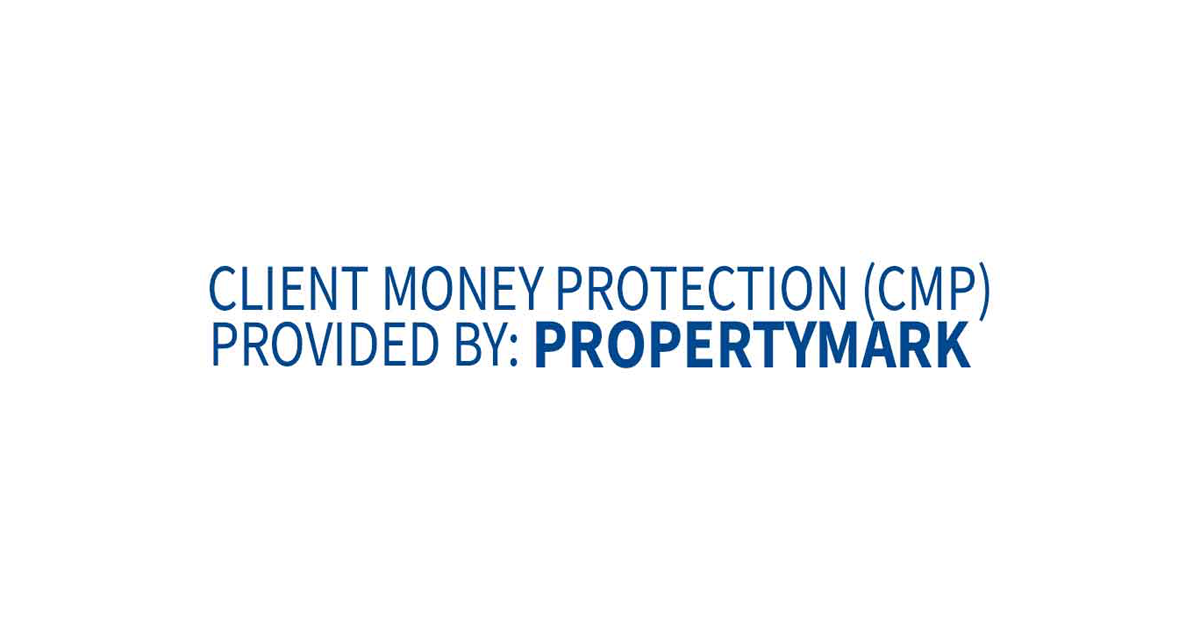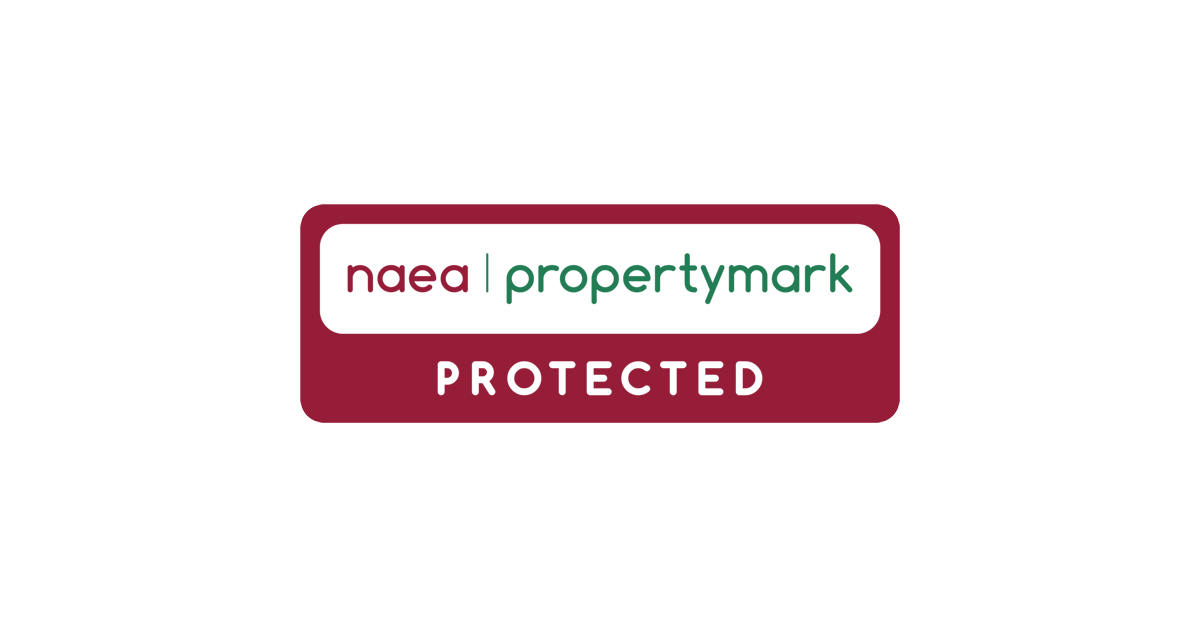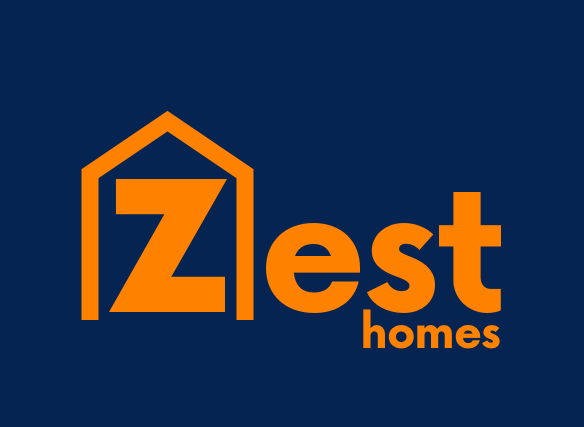A garden is a perfect place for dogs to get some exercise, have a play, and of course explore.
However, they can also be full of potential hazards, so before letting your four-legged friend run riot around your lawn, here’s a handy guide to some of the ways in which you can create a dog friendly garden so it’s as safe as possible.
Make Sure it’s Secure
Some breeds of dog are notorious for digging, especially smaller ones like Jack Russells and Yorkshire Terriers. Check that your fence is secure and there’s no way of your dog escaping underneath it.
If you have a bigger dog then you’ll need to ensure that the fence is high enough too. Some dogs can jump much higher than you imagine, so ensure you have a fence that’s at least 6ft.
Make sure you keep gates closed at all times too. Even the most well-trained dogs can make a bolt for it if they see something that catches their eye, so don’t give them the chance to get out.
Keep Sheds & Garages Closed
If you’re leaving your dog unattended for any period of time, even just for a minute, then ensure that you’ve left the shed and garage firmly closed.
There are all sorts of hazards that could harm curious pooches, such as paint, chemicals and sharp tools, so make sure they’re out of bounds to pets to help avoid any accidents.
Avoid Toxic Plants
Some plants can be very harmful to dogs and it’s important to know which ones to avoid before letting your pets run wild in the garden.
Daffodils, Hydrangea and Yew are some of the more common ones to avoid, but it’s best to check all plants individually before doing any planting.
Add Some Dog-Friendly Plants
Not all plants are bad for dogs, although of course you don’t want to encourage them to be eating any at all.
Do a little bit of research before you buy any plants and you’ll find there are lots of affordable, attractive plants that won’t cause any harm to your dog if they do decide to chew them.
Sunflowers, Honeysuckle and Camellias are just some of the more dog-friendly plants you’ll be able to find.
Avoid Slugs & Snails
While you can’t watch your dog at all times, you should try to keep an eye on them to stop them from eating any slugs or snails, as these can cause lungworm.
Try and ensure your dog is kept away from them altogether, or use a pet-friendly slug repellent to keep them out of your garden.
Avoid Using Cocoa Chips
Some gardeners like to use these as an alternative to bark, however cocoa can be very poisonous to dogs, so if you are putting chippings down, then make sure you use bark instead.
The above tips have focused on potential hazards and things to avoid, but below are some of the positive things you can do so your dog can make the most of the garden and have a safe place to roam.
Create a Designated Play Zone
There are lots of advantages to creating a specific play area, with the primary one being that it will help teach your dog to avoid some of the no-go areas of the garden. You can train your dog to only use the play area in the same way you would train them to go to the toilet outside, or to only jump on a specific chair in your house for example.
If your dog has a fun area to play in, then it should hopefully make the rest of the garden less appealing to them, meaning you don’t have to worry about plants getting damaged, or slugs being eaten.
To make the play area attractive, put some toys in there, maybe bury some treats for them to find and even put a bed in there for them to lie on. Anything you can think of to make the space their own will work.
Give Them a Shelter to Lay in
Dogs love to be outside, but if it’s wet and windy, or they need some protection from the sun then a shelter is the perfect solution. It doesn’t need to be large or fancy, just a small wooden hut with enough space for a bed and a water bowl.
It will give your dog a great place to have a nap, while still getting some fresh air and having humans nearby.
Create Clear Boundaries
Creating clear boundaries in the garden will reinforce to your dog that it mustn’t cross into certain areas.
In much the same way as the sofa or your bed may be out of bounds, your bed of plants could be a no-go zone too, marked with a border of stones or bricks for example.
It can also serve as an additional feature for your garden, so it’s a win-win for you and your dog!
Let us find you the perfect home in Herne Bay Kent for you and your dog! Call us on 01227 949291 or email michelle@zesthomes.uk.


